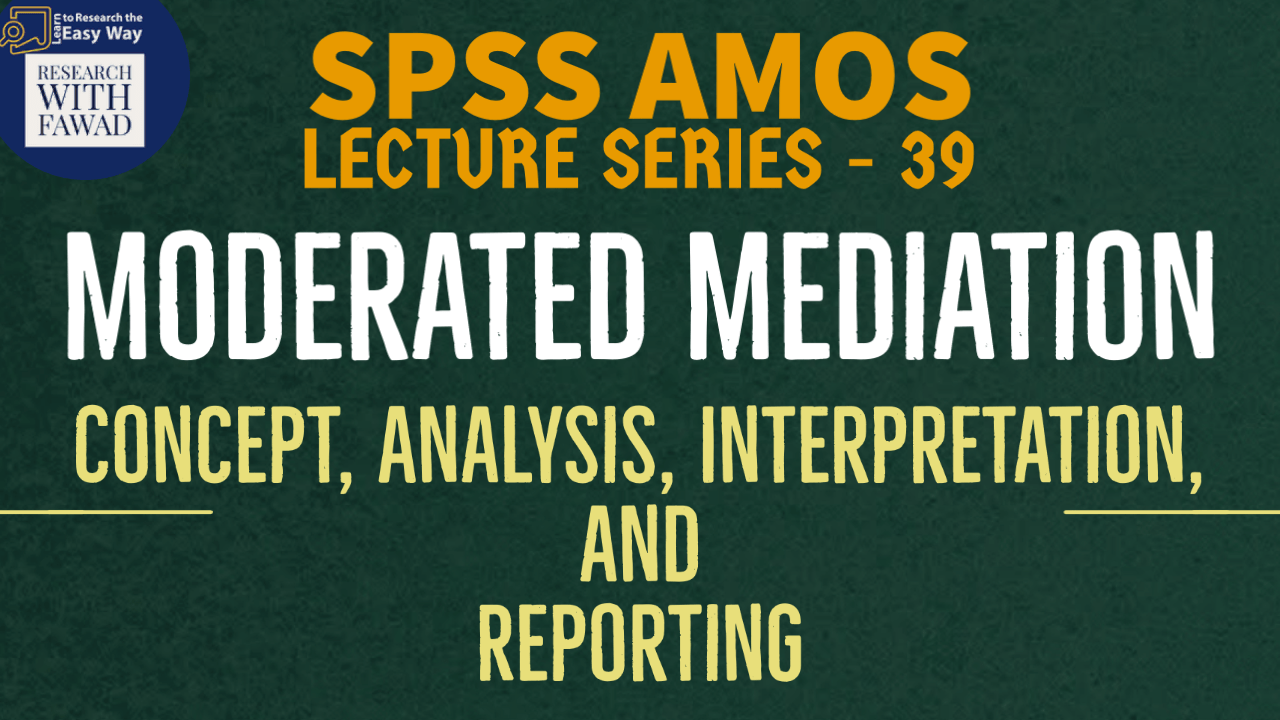
Moderated MEdiation in AMOS
The series of tutorials from the very basic to the advance will help research scholar advance their knowledge in Moderated Mediation using SPSS AMOS.

The series of tutorials from the very basic to the advance will help research scholar advance their knowledge in Moderated Mediation using SPSS AMOS.
How to Test Moderated Mediation (Single Indirect Effect) – Part 1
How to Test Moderated Mediation (Part 2) – Multiple Indirect Effects
The session focuses on how to perform Moderated Mediation Analysis using SPSS AMOS. The model analyzed is similar to Hayes Process Macro Model 14.